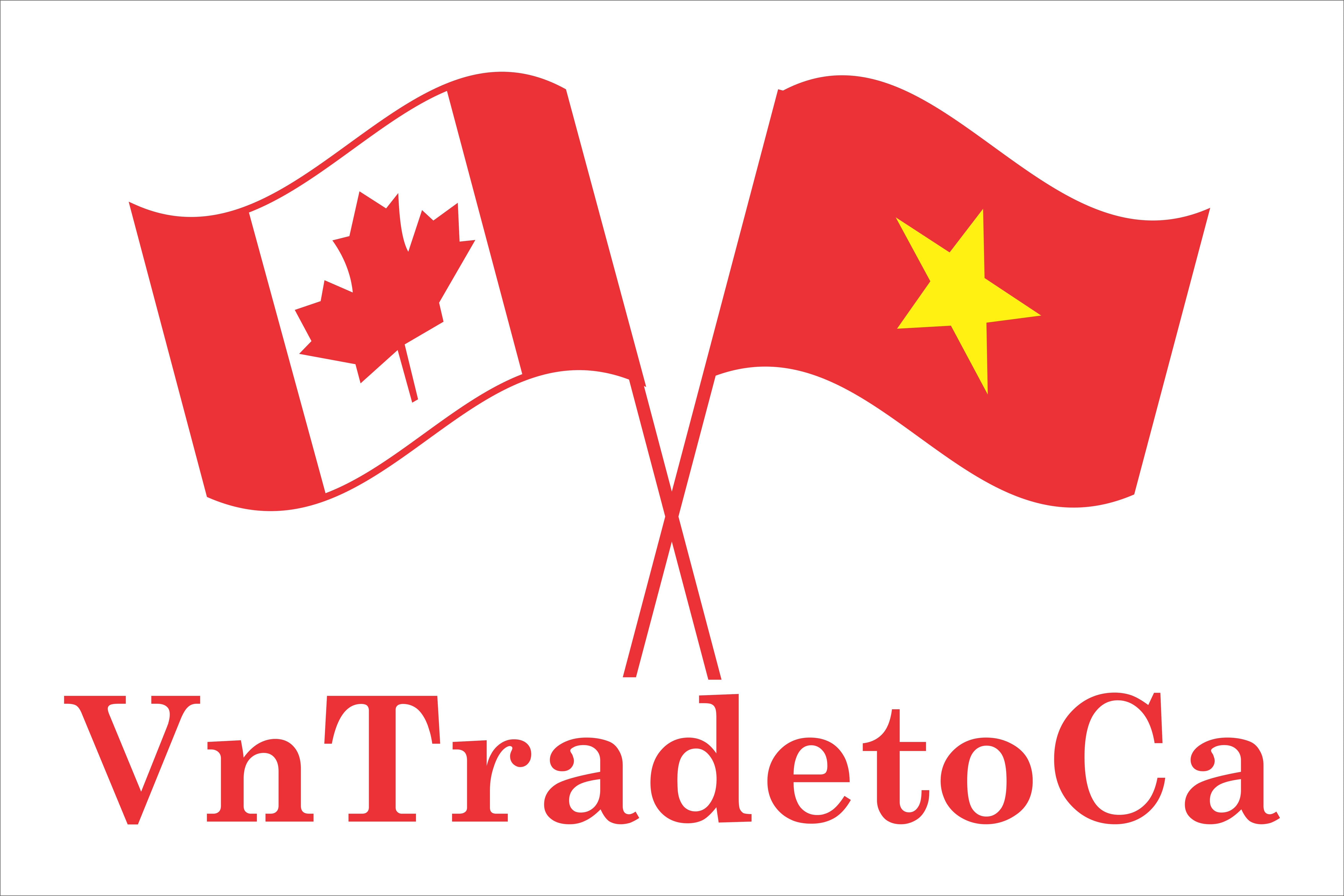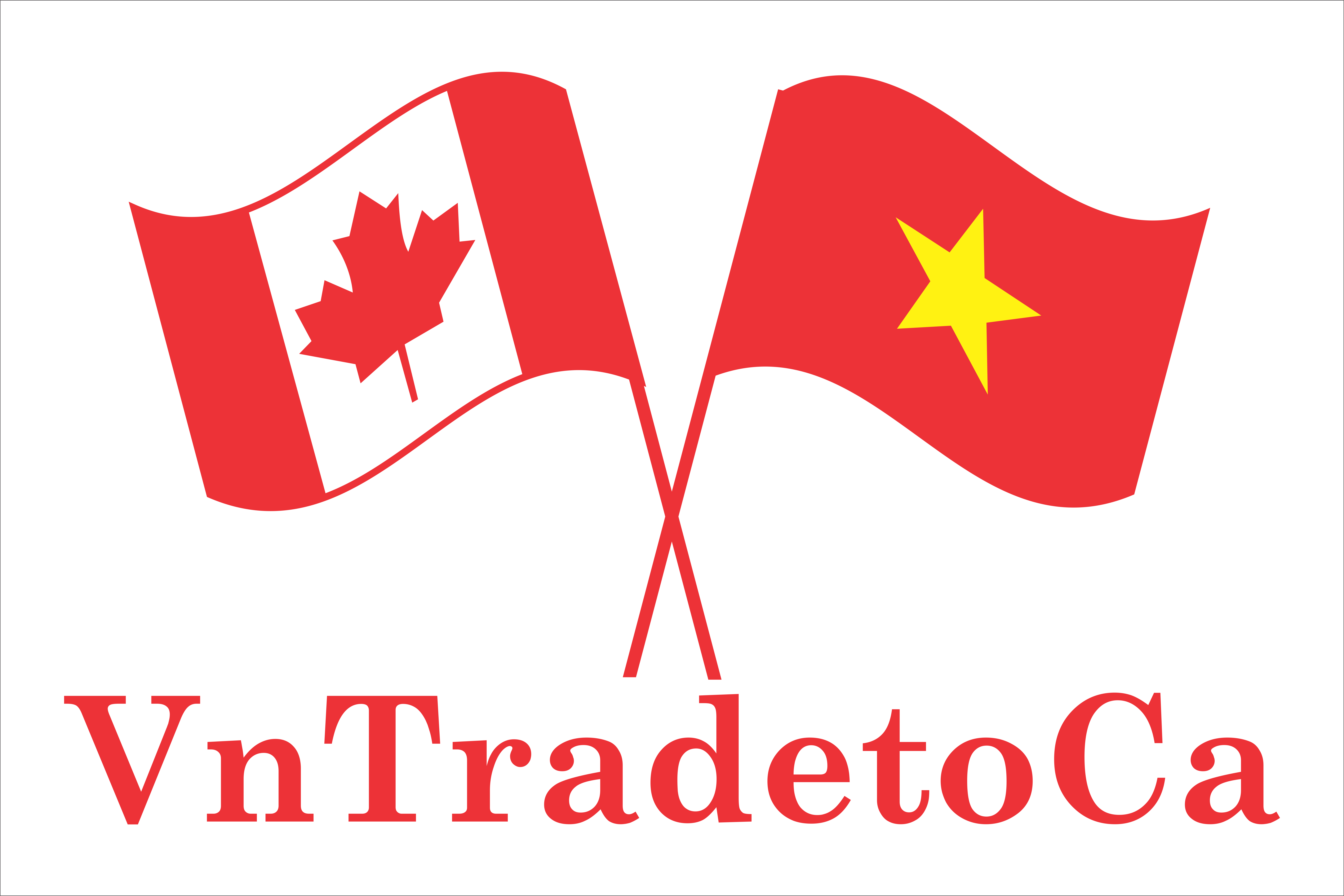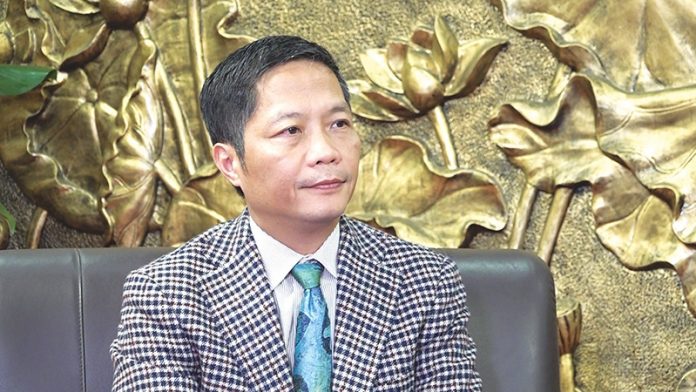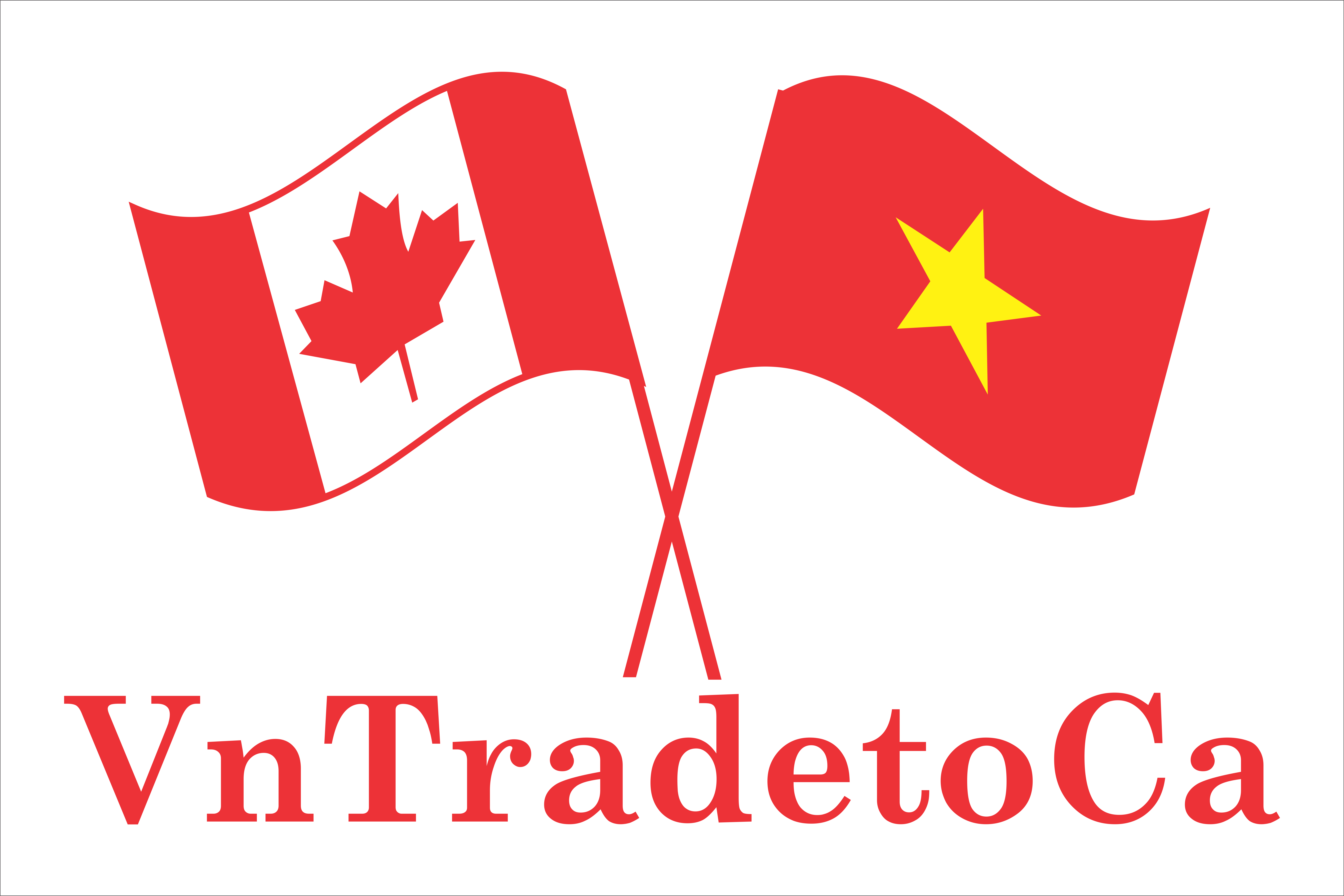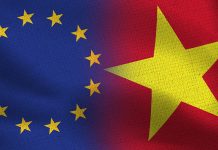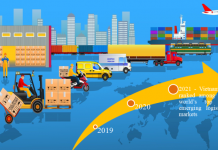The year 2019 featured significant targets and milestones – both for the five-year Socio-economic Development Plan (2016-2020) and the 10-year Socio-economic Development Strategy (2011-2020). In order to mark these major milestones, Minister of Industry and Trade Tran Tuan Anh brings exposure to the major orientations for industry and trade in 2020, setting the limelight on export-import, administrative reforms, and integration to make headways towards the set goals.
Vietnam’s export-import turnover hit a record $517 billion last year, the fourth consecutive year that Vietnam posted an export surplus. What measures has the Ministry of Industry and Trade (MoIT) taken to help set the record?
The $517 billion export-import record last year has put Vietnam among the top 30 nations with the best export performance. If we look at the 13 per cent export growth during the whole period, Vietnam is among the top performers with high and stable development. Significantly, not only did two-way trade value set a new high, the quality of growth has also improved remarkably. The trade surplus of $10 billion is also quite significant. The export record also attests to the effective implementation of the 13 ongoing free trade agreements (FTAs) Vietnam has signed with the international community. Vietnamese-made products have made forays into over 200 markets around the world, with the trade value to the markets with which Vietnam has signed FTAs often reaching double-digit growth.
This export-import record is the result of diverse factors, one being the enactment of the prime minister’s Decision No.2471/QD-TTg enacted in 2011, approving Vietnam’s export-import strategy for 2011-2020, with vision towards 2030. The implementation of major solutions – ranging from strengthening production and export capacity to applying diverse measures for market development and restructuring of state-owned enterprises – has enabled us to follow the roadmap and even outperform the goals.
The noteworthy achievements in 2019 are setting expectations high for 2020. How will the MoIT make good on the 2020 export-import plan?
The National Assembly has approved a resolution on implementing the 2020 Socio-economic Development Plan, setting a 7 per cent growth target in the country’s total export value against 2019, and less than 3 per cent in trade deficit. This year is forecast to be fraught with difficulties for export-import activities due to global uncertainties. In this context, to maintain the previous years’ growth momentum and achieve the targets in industry and trade, a raft of measures will be deployed, focusing on availing ourselves of FTA opportunities to find new export markets.
The MoIT will push up brand building in key export markets and those with potential while accelerating administrative reforms. It will also promote online public services related to such reforms to support businesses effectively. A new highlight for the sector is the fight against product origin fraud. The MoIT will focus on implementing relevant regulations and strengthening state management to combat origin fraud to ensure compliance with the international community for the sustainable development of foreign trade.
After all, it is important to note that it is the business community that conducts export and import activities. Therefore, besides state support, the business community needs to scale up efforts to achieve a breakthrough in development.
Last year, the MoIT was doing a smart job with administrative reforms, significantly easing business. Particularly, it was one of the first to connect with the national public services portal. What are the development milestones in this regard?
Right from the inception, the MoIT has taken drastic measures to implement the prime minister’s guidelines on improving the business climate and national competitiveness, as well as increasing support for businesses leveraging administrative reforms and e-government. With an innovative mindset, over the past years, the MoIT has been constantly recommending the government to curtail business conditions and procedures, sending dispatches urging authorised agencies to hold initiatives to simplify administrative procedures and business conditions, from there easing business operations.
Looking back, in March 2019, the MoIT issued Decision No.485/QD-BCT on forming a compiling board, and an editorial group to amend legal documents on investment business conditions in the fields under MoIT management (like automobiles, power, chemicals, food, minerals, gas, spirits, and tobacco). The MoIT also proposed the government to enact a decree to amend and supplement related decrees on investment conditions under our management.
Simultaneously, the MoIT has been pushing up the implementation of the e-government model and applying IT to all management activities to boost management efficiency.
We have strengthened co-operation with the Government Office and relevant agencies to ensure the smooth operation of online public services connected with the National Single Window and the ASEAN Single Window.
The MoIT is one of the first government authorities to be technically connected with the National Public Services Portal. As of now, all 292 administrative procedures under our management are being deployed, at least from Level 2 online public services. We have 44 online public services at Level 4, 122 services at Level 3, 11 services connected to the National Single Window and two service groups connected to the National Public Services Portal.
In fact, curtailed business conditions and simplified administrative procedures have contributed to creating a pro-business environment that benefits all economic sectors in the country. Notably, the sweeping changes in the mindset and working style of staff members in the sector have had spillover effects across the board while encouraging the engagement of other sectors, ministries, and local authorities. The results got praises from the government, other sectors and branches, domestic and foreign organisations, the business community, and local people.
During implementation, further amendments need to be made to fit the realities. The MoIT is always a progress-minded and considerate listener, wishing to gradually perfect the regulatory framework and striving to bring the utmost benefits to people and businesses.
This year, the MoIT continues its reform efforts, focusing on regulatory and administrative reforms as well as the application of IT. Notably, the satisfaction of people and businesses will become the metric to gauge the success of reforms.
A hallmark in Vietnam’s integration efforts in 2019 is the implementation of the landmark Comprehensive and Progressive Agreement for Trans-Pacific Partnership (CPTPP) and the signing of the EU-Vietnam Free Trade Agreement (EVFTA) and Investment Protection Agreement (EVIPA). How significant are these agreements to Vietnam’s economic growth?
The negotiation and implementation of the agreements attest to Vietnam’s efforts to push up international integration in the current complex and unpredictable geo-political context. New-generation FTAs will help Vietnam integrate more deeply into the global economy with faster tax reductions, helping to diversify trade relations to bring bigger benefits to consumers.
The enforcement of the EVFTA, paired with the implementation of the CPTPP and the signing of several other FTAs in the future such as the Regional Comprehensive Economic Partnership is expected to bring Vietnam certain advantages, laying a foundation for Vietnam’s future economic growth.
First, this will help Vietnam diversify economic and trade relations as well as export-import markets, and avoiding over-reliance on particular markets. It will also accelerate exports and contribute to creating more jobs and aid economic restructuring and the renewal of the growth model.
Second, local businesses will have a better chance to boost economic efficiency through upscaling, raising productivity, and lowering production costs to boost competitiveness.
Third, this will help formulate alliances between Vietnamese businesses and their peers in the ASEAN, the EU, and the CPTPP member countries through labour arrangements, the exchange of goods and intermediary services, from there generating more opportunities for Vietnamese businesses.
In the nutshell, successful negotiations and signing FTAs with big trading partners help elevate Vietnam’s image in the international arena, earning it a new position and status.
What are the tangible benefits associated with Vietnamese-ASEAN economic co-operation, and what policy priorities the two sides will have to promote economic development in 2020 when Vietnam holds ASEAN chairmanship?
During the 24-year journey of engaging the ASEAN and the ASEAN Free Trade Area, Vietnam has gained valuable experience, particularly in implementing its integration commitments. In 1996, the two-way trade value only stood at $5.9 billion, but it jumped more than nine-fold to $56.3 billion in 2018. Although we incurred some trade surplus towards the ASEAN, it is acceptable due to the current development gap among ASEAN member states. Compared to the initial stage when Vietnam was only beginning its international integration journey, there are huge improvements.
The role of ASEAN chair in 2020 requires us to stage a clear and consistent viewpoint in both external relations and other factors related to Vietnam’s development targets and strategies, not only in the next five years but also the forthcoming decade and more. Hence, the theme of ASEAN 2020 “Cohesive and Responsive” recommended by Vietnam drew praises from other members, particularly the ASEAN Secretariat, as it truly reflects the actual demand of Vietnam and other ASEAN members in today’s fast-changing regional and global situation.
Source: VIR
